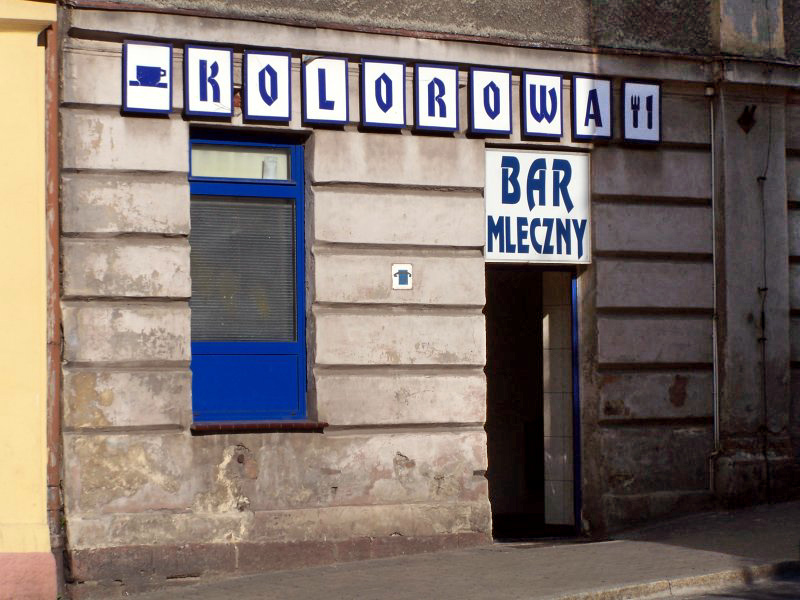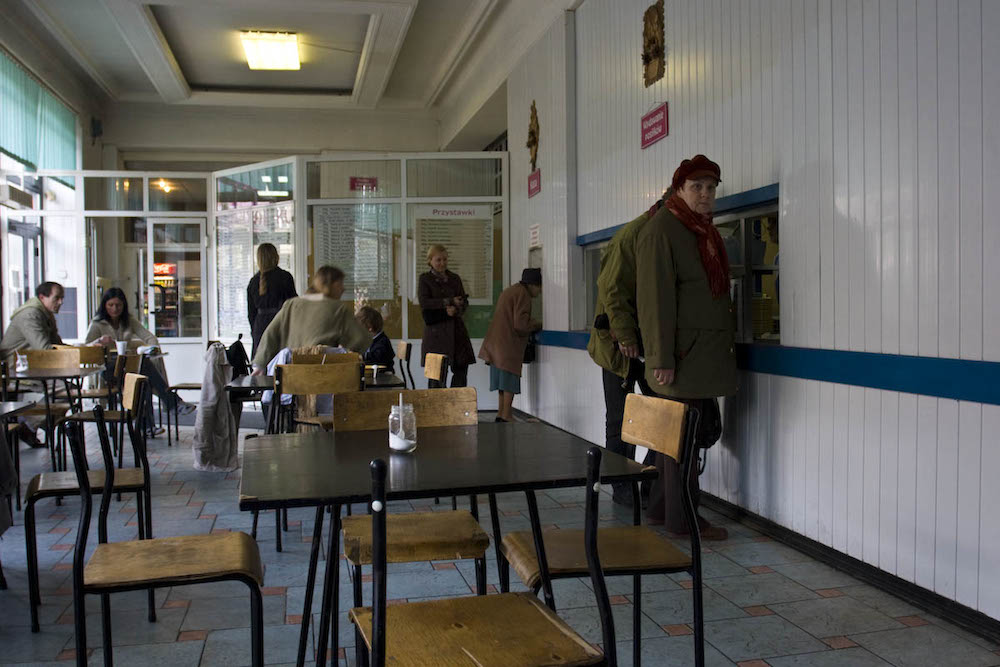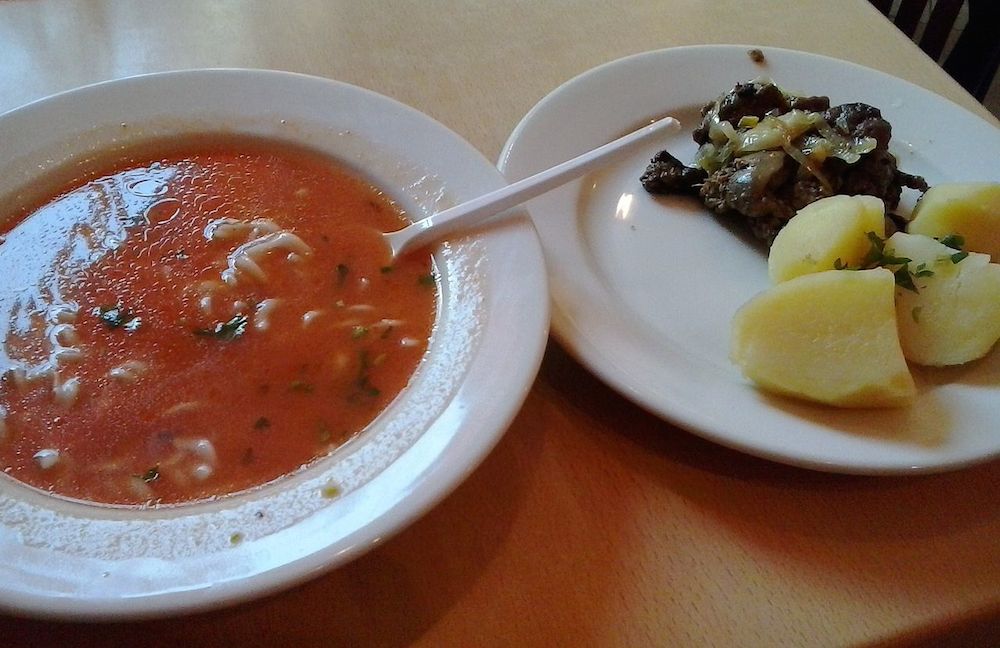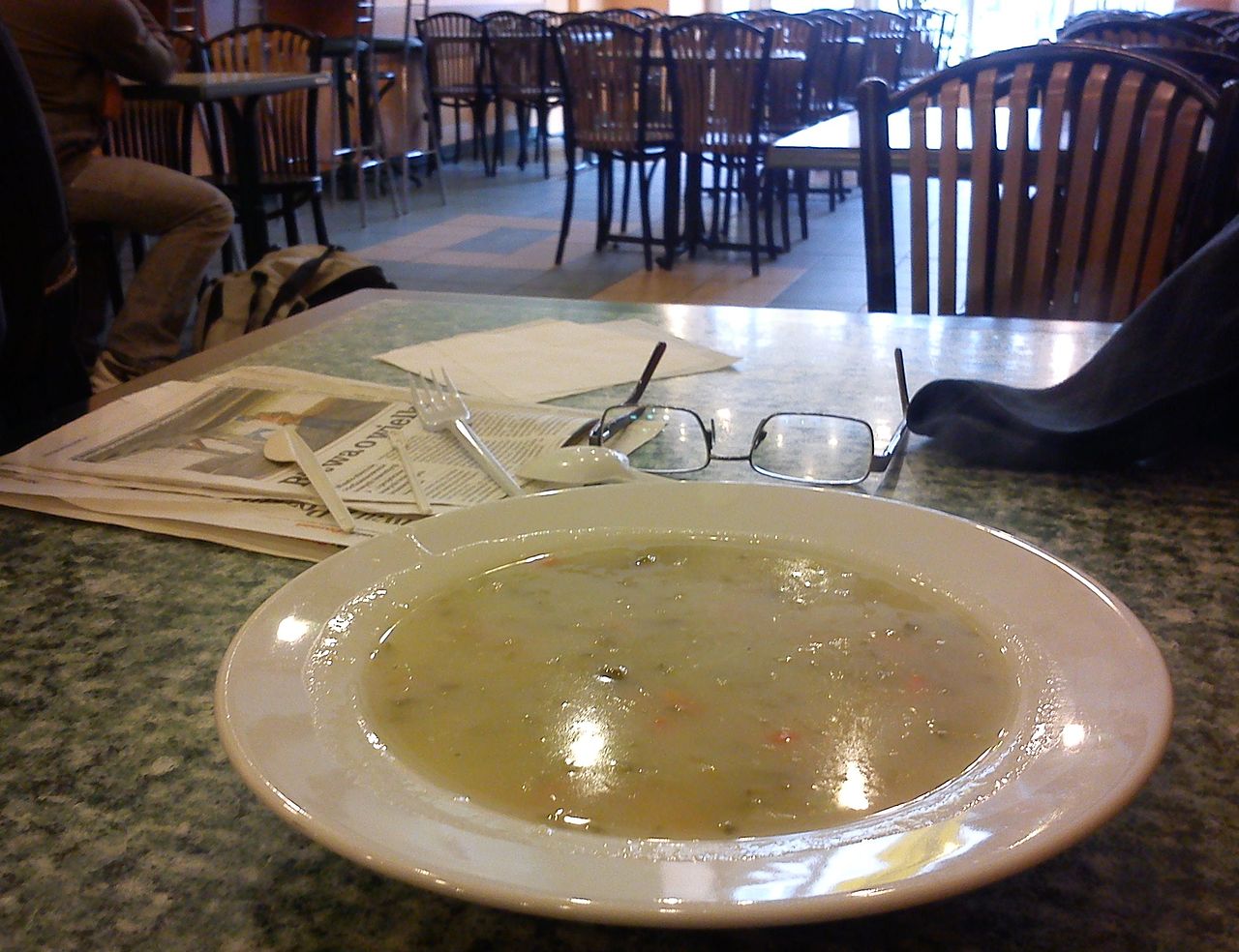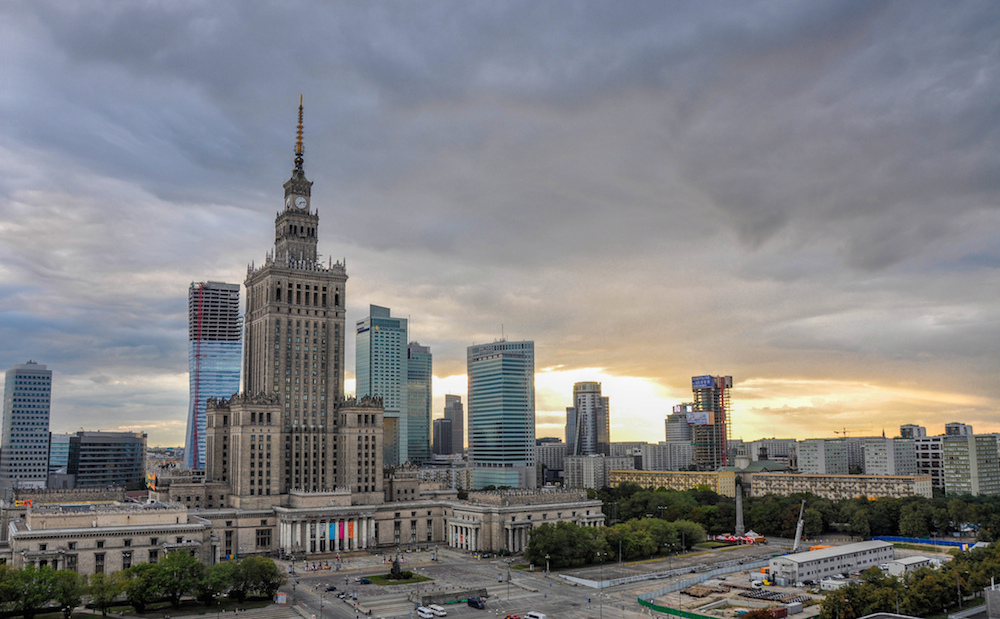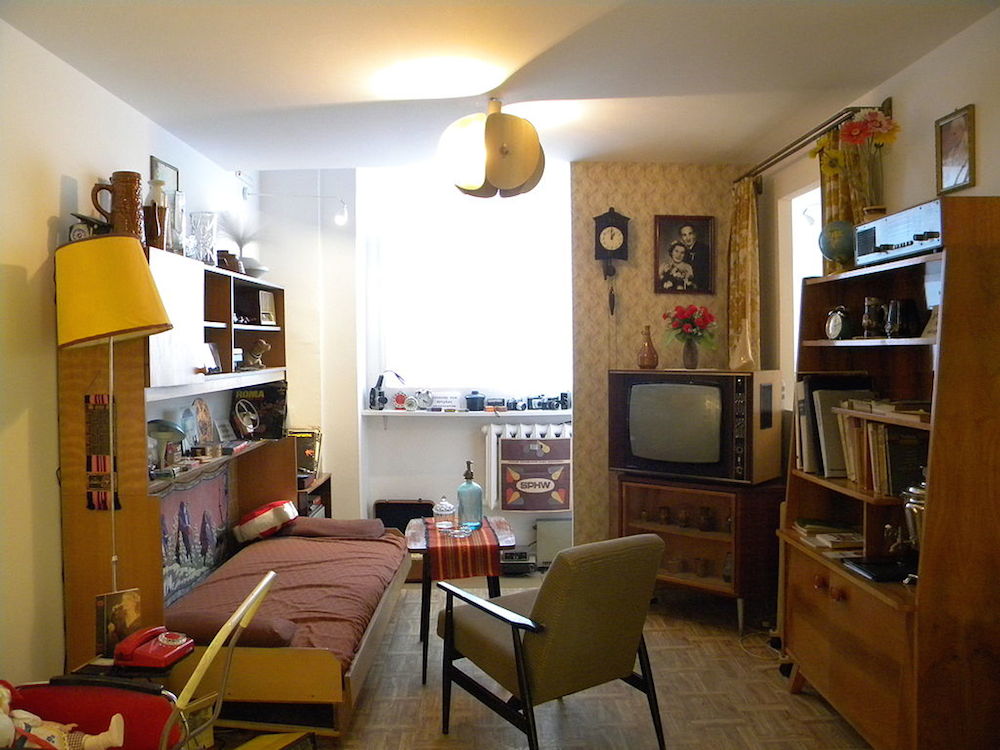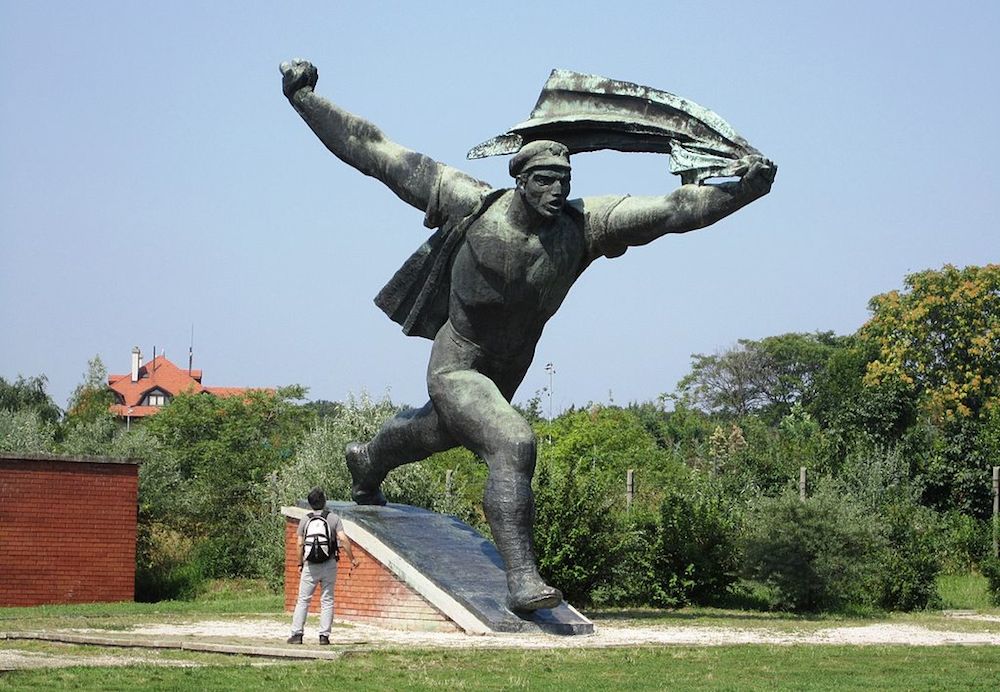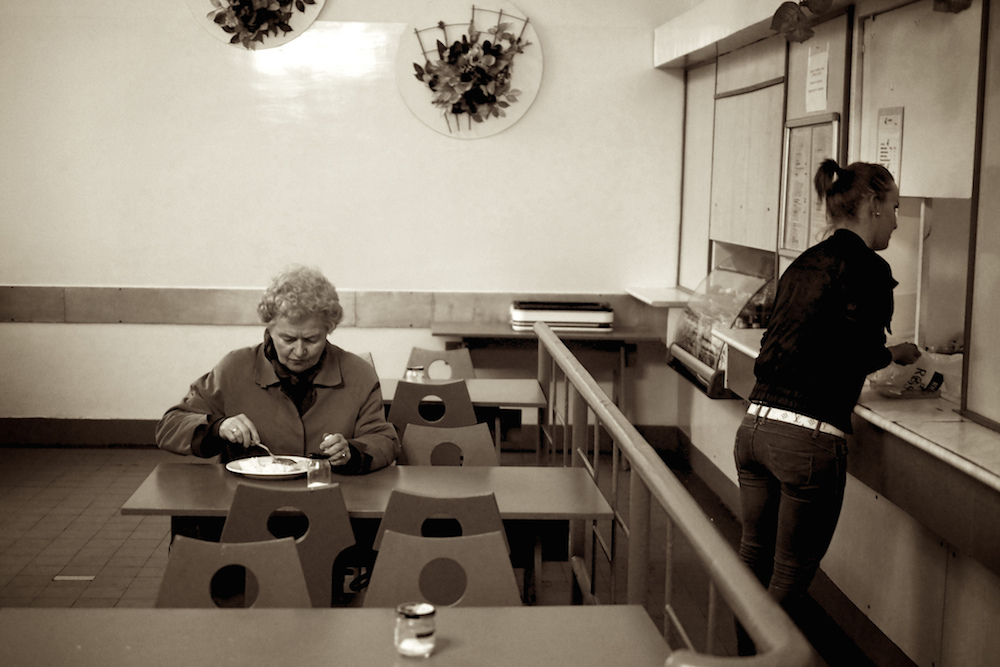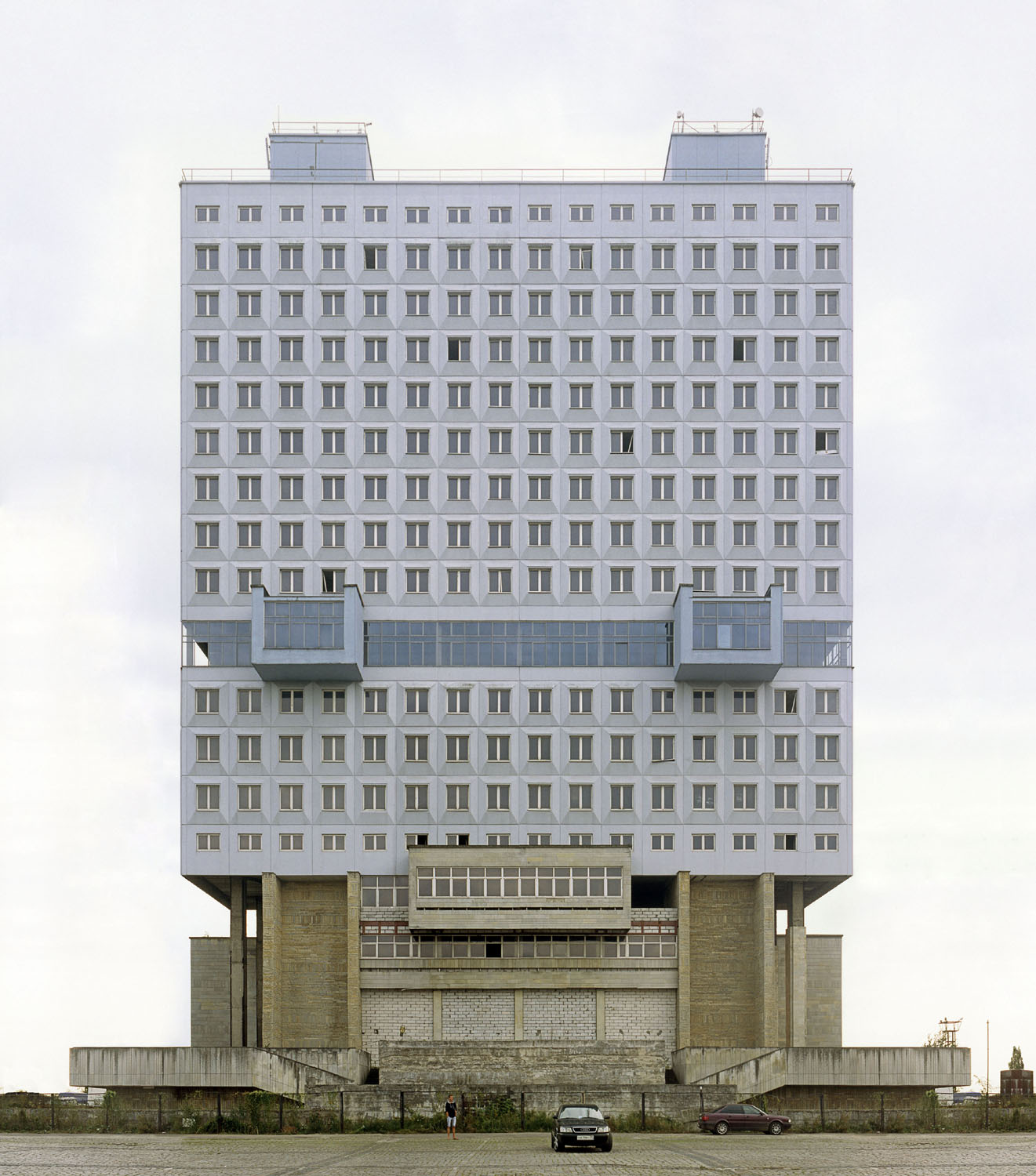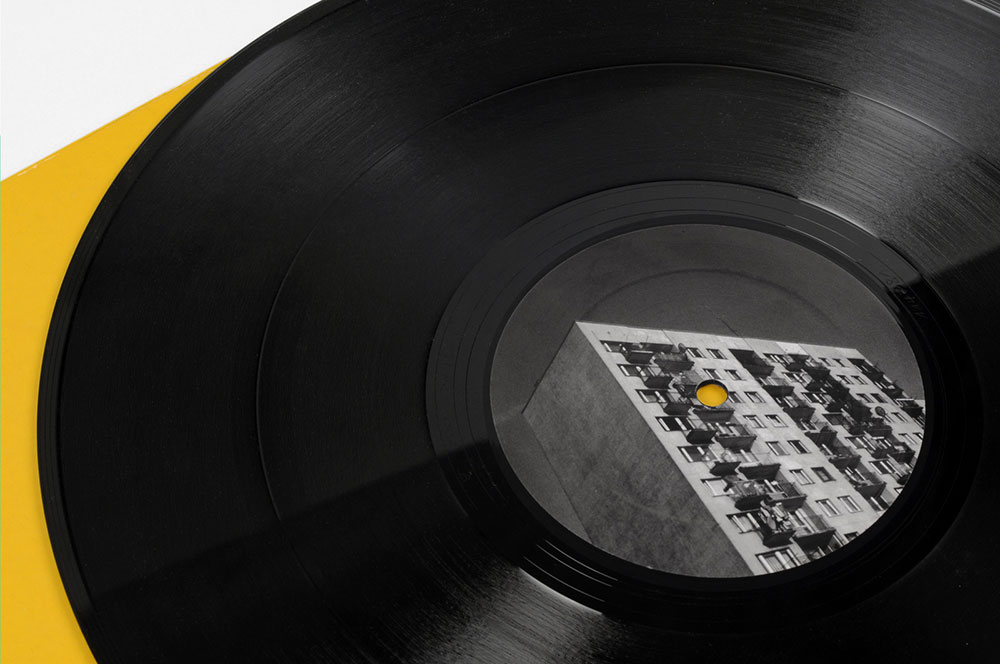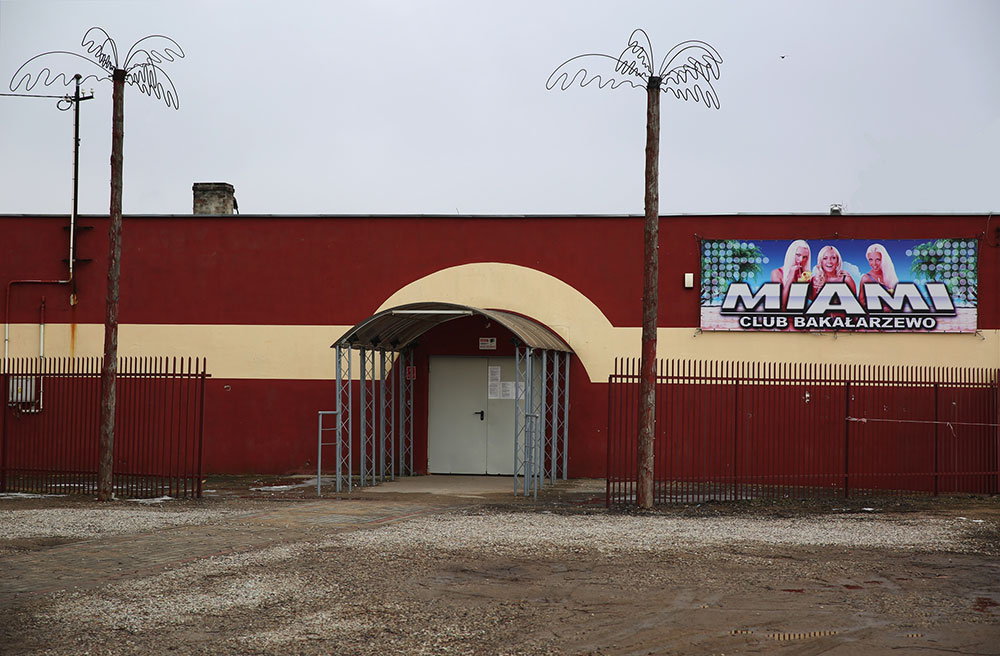Hungry for the past: are Poland’s Soviet-style milk bars bringing back a taste for communism?
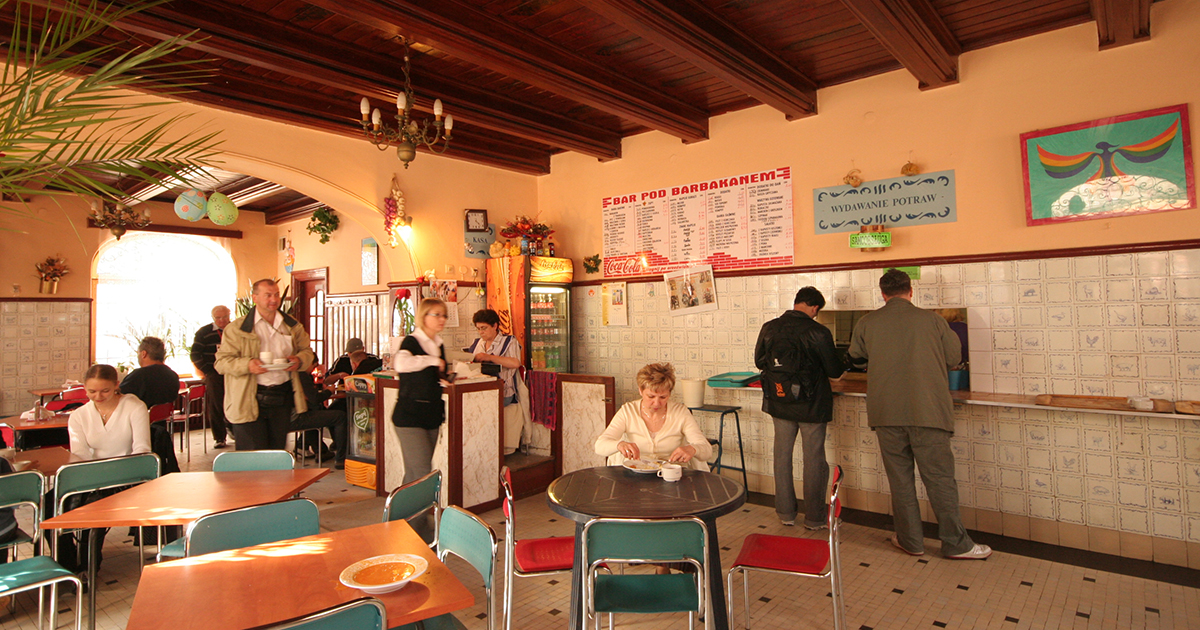
Cheap Soviet-era diners known as milk bars are becoming increasingly popular in Poland with tourists and young people, but continue to divide opinion. What does this say about the country’s relationship with its communist past?
The general rule for seasoned travellers is to “go where the locals go”, especially for food establishments. If you follow it in Warsaw you might end up in a milk bar, or bar mleczny, an old communist-era greasy spoon-style canteen serving simple Polish food. These state-subsidised cafes appeared in Poland after the Second World War to provide cheap lunches and dinners to the workers. And while milk bars are usually filled with locals and the savviest of expats, tourists in search of a retro thrill are becoming a more frequent sight there these days.
A lunch or dinner here will likely be your cheapest meal of the day — a three-course meal will set you back around 15 zloty (roughly $3.50). The menus in different milk bars are similar: it’s mostly traditional Polish dishes like pierogi (dumplings), bigos (meat and cabbage stew), kopytka (a local version of gnocchi) and placki ziemniaczane (potato pancakes). The decor’s not so much “retro” as “original”: marble floors and tiled walls, frilly curtains, pot plants on windowsills, chipped plates and faceted glasses. As with many relics of that era, opinions on milk bars are divided: some say they’re a unique opportunity to taste real Polish dishes the way they are cooked in many households, and others that these cafes and the Soviet influence in general destroyed the national cuisine and drove unique dishes and recipes into oblivion. However, most agree that milk bars offer a more authentic national cuisine than the newer fast food chains of pierogi cafes that generally have as much to do with Polish food as Taco Bell does with Mexican cuisine.
And milk bars are not the only communist-era remnants that are being repurposed to serve today’s public. The Charm of the PRL (People’s Republic of Poland) museum in Warsaw allows tourists to visit a communist-era Polish flat– an idea that would seem fantastical to anyone who ever actually lived in a Soviet flat: what’s there to see, depression materialised in interior design? The Palace of Science and Culture in Warsaw, arguably one of the most obvious symbols of the Soviet influence over Poland back in the day, has also been made useful according to modern times: its 42 floors now house a multiplex cinema, a mall, several theatres and museums, restaurants, bars and a beauty clinic. A triumph of capitalism in the heart of Stalin’s “gift” to the people of Poland.
This process of repurposing relics from the past provokes debate about what to do with the legacy of communism. Many say that a desire to remove Soviet-era monuments is a natural reaction in countries that were repressed by the regime for so long. Several countries in eastern Europe, like Ukraine and Lithuania, are still caught up in these debates, 25 years after the end of the Soviet era. And while one side says that in order for the country to fully move on, all symbols of oppression need to be removed, others argue that removing those aspects of history is the exactly the kind of thing that the Soviets used to do. Other countries have come to a compromise by moving all their Soviet monuments into separate tourist-oriented parks like the Memento Park in Budapest. Sometimes the way communist relics are repurposed is meant to get a laugh: the building that served as Communist Party headquarters in Warsaw — an appropriately grand and grim Stalin Empire-style building – ironically housed the city‘s stock exchange for 10 years in the Nineties and is now a banking and finance centre.
It seems that the divide in the desire to keep and use these Soviet relics – whether cultural or architectural – depends on the generation. Younger, twentysomething Poles who hang out in the hip venues of the Palace of Culture and Science and take their foreign friends into milk bars don’t have grim memories of communist Poland. They know their history and the difficulties their parents faced back in the day, but their lack of personal experience of it makes it easier for them to reclaim the past. Writer Rick Steves notes that when he suggested to his Polish friend to go get dinner at a milk bar, she said that “her mother would never forgive her if [she] took her American friend to one of these bleak government-subsidised workers’ diners.”
And this is hardly surprising — why would anyone who lived in communist Poland and sincerely hated it want to experience that again, even in a different context? It’s hard to be ironic and relaxed about things you fought so hard to get rid of.
